What You Need to See, Taste and Do
Iceland, the land of extremes, has beauty and adventures to offer every tourist. Within its coasts, you will find snow-capped mountains and active volcanoes, Blue Lagoon, lava caves, glaciers, and stunning waterfalls, as well as hot springs in abundance.
Reykjavík, Kopavogur, Hafnarfjörður, and other cities offer museums packed with Viking history, seasonal festivals, and restaurants with exceptional dining.
Icelanders often say “Þetta reddast” which means “everything will work out alright”. In this Iceland Travel Guide, you will find travel tips that will guarantee your Iceland trip will be more than alright. It will be trip a to treasure for years to come!
Icelands facts
Population: 368 thousand
Area: 103,000 sq. km
Highest point: Hvannadalshnúkur at 2,110m
Currency: Iceland is the smallest country with its own currency: the Icelandic króna or crown.
Official Travel Website: Inspired by Iceland https://www.inspiredbyiceland.com/
Most Popular Saga: Laxdaela saga https://en.wikipedia.org/wiki/Laxd%C3%A6la_saga
The Blue Lagoon in Iceland and Other Things to Do
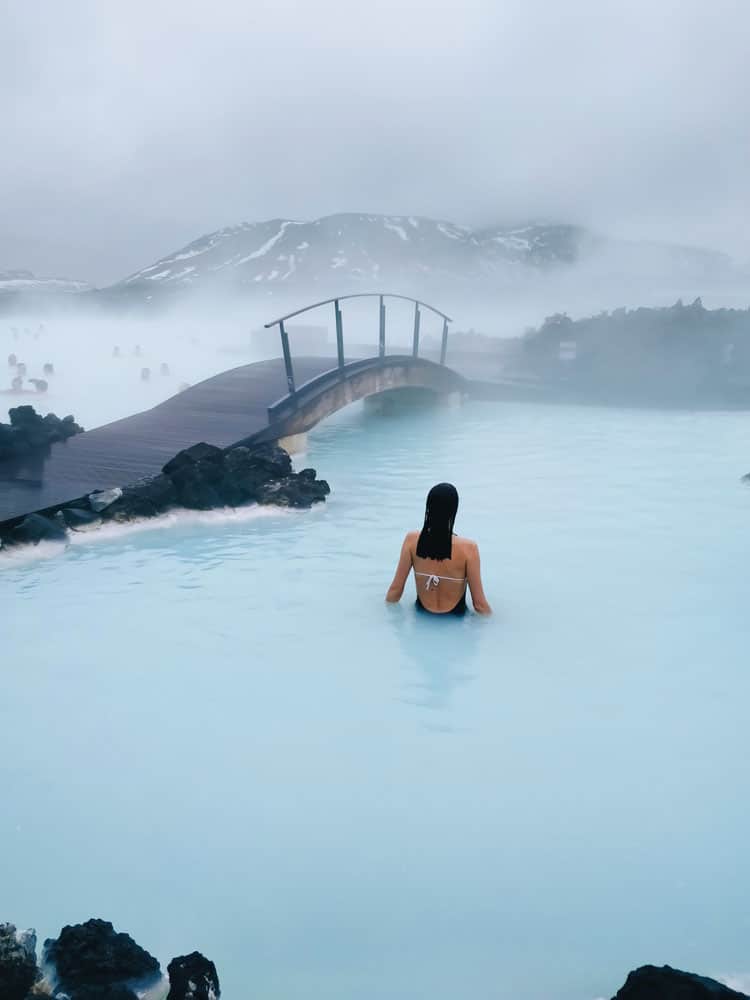
The Blue Lagoon Spa – Located on the southwestern coast of Iceland, the Blue Lagoon is one of the largest and busiest geothermal spas in Iceland. Its water contains restorative amounts of silica and sulfur and averages about 37–39°C (99–102°F).
This spa offers a variety of in-water massages and other treatments. Furthermore, visitors can take a 40 minute tour that explains the properties of geothermal saltwater, takes you to explore the lava fields surrounding the spa, and treats you to a special cocktail. More information about the Blue Lagoon tour can be found and a booking can be made on Blue Lagoon’s website.

The Golden Circle Tour– An outstanding way to experience much of Iceland’s natural beauty. This tour begins in Reykjavík, the nation’s capital, and winds its way through Þingvellir National Park, a UNESCO World Heritage Site. You will be able to see steep rocky cliffs and deep fissures, as well as herds of hardy island ponies and the stone ruins of early Icelandic settlements in the park. To take part in an organized tour book your tickets online
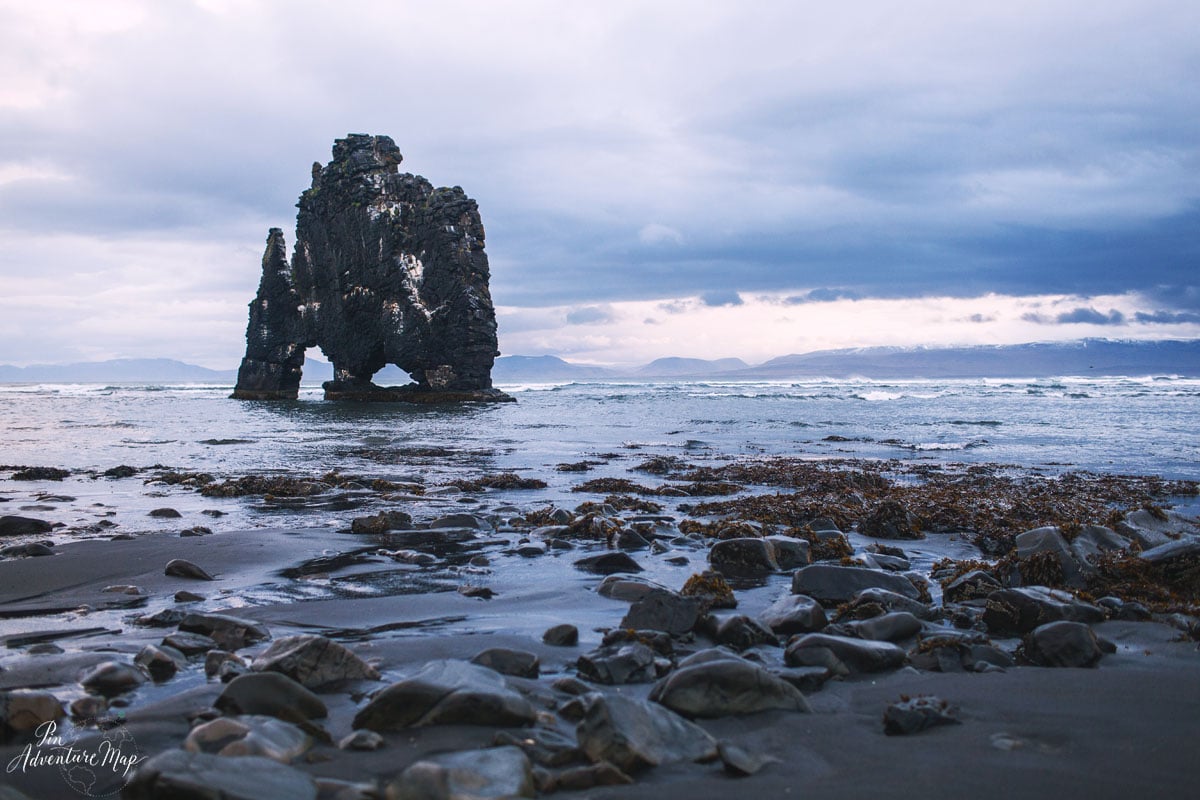
After leaving the park, the Golden Circle Tour continues past several active geysers and spectacular waterfalls before making a stop at the historic Skálholt Cathedral and returning to the capital. If you would like to, tourists are allowed to rent a car and drive the Golden Circle Tour in Iceland on their own.
Jökulsárlón Lagoon– Vatnajökull National Park spreads across South-eastern Iceland encompassing the extensive Vatnajökull glacier and its surrounding area. Every year as the glacier recedes further from the Atlantic Ocean, the lagoon widens leaving more room for tourists to walk its black sand beaches and embark on boat tours.
During the summer, the Lagoon is a great place to see icebergs that have calved off of the glaciar and are moving towards the ocean, as well as seals. Seals visit the lagoon all through the year, but in the winter they are especially numerous. That is because schools of fish arrive in the lagoon to escape the cold weather.
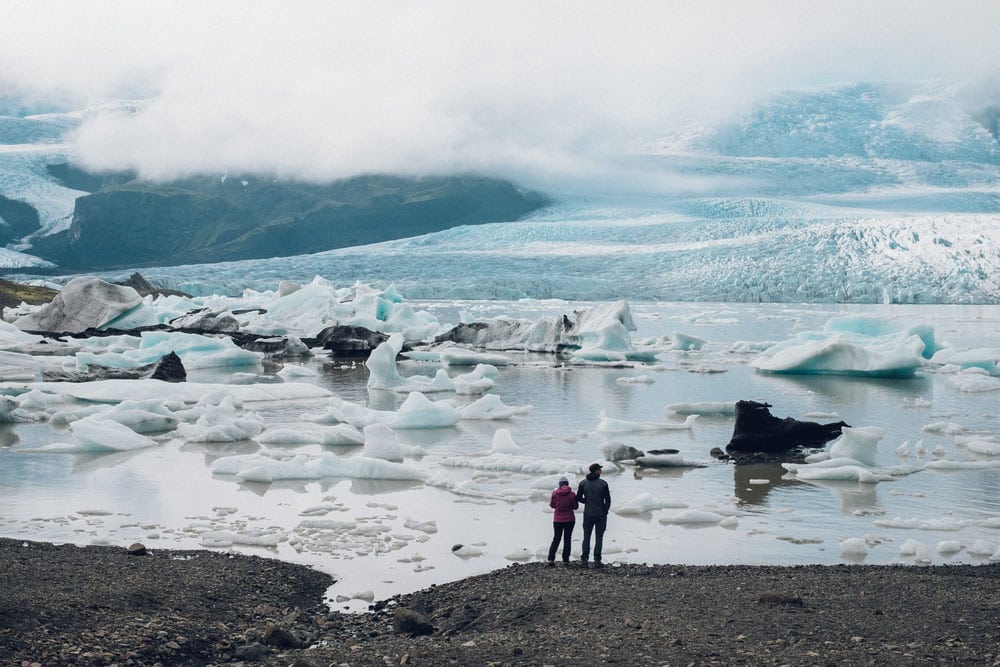
The Pylsur and Other Special Foods to Eat in Iceland
Iceland has many delightful dishes to taste – some of them are sold from food trucks parked in marketplaces, while others are paired with Europe’s best wines and served in fine restaurants. The following three Icelandic dishes have been featured in many Iceland Travel Guides, and are well worth mentioning again.

Pylsur – It looks like a hot dog, but its firm exterior gives it a distinctive crunch and it has a wonderful meaty flavor. Pylsurs are stuffed with seasoned beef, pork, and lamb. They are traditionally served in a bun and topped with both fresh and fried onions.
Depending on where you buy it, your pylsur may come with ketchup, spicy mustard, and remoulade, a sauce made from mayonnaise, a variety of herbs and pickled capers.

Skyr – Iceland’s traditional cuisine is simple because for decades they had limited contact with other countries and little land that was suitable for farming. Skyr is an excellent example of simple, nutritious food that Icelanders have kept around for generations. Similar to yogurt but traditionally categorized as cheese, skyr is made by fermenting milk. Icelanders occasionally pair it with fresh fruit or turn it into cheesecake, but as a general rule, they eat it plain or with tart jam.
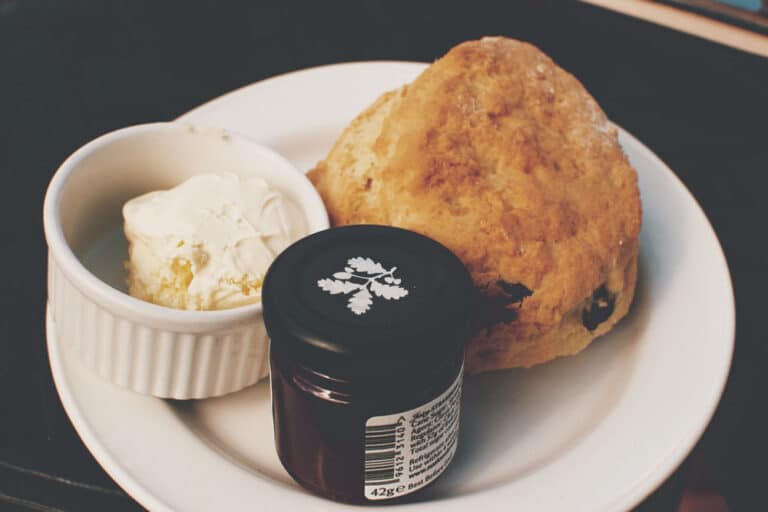
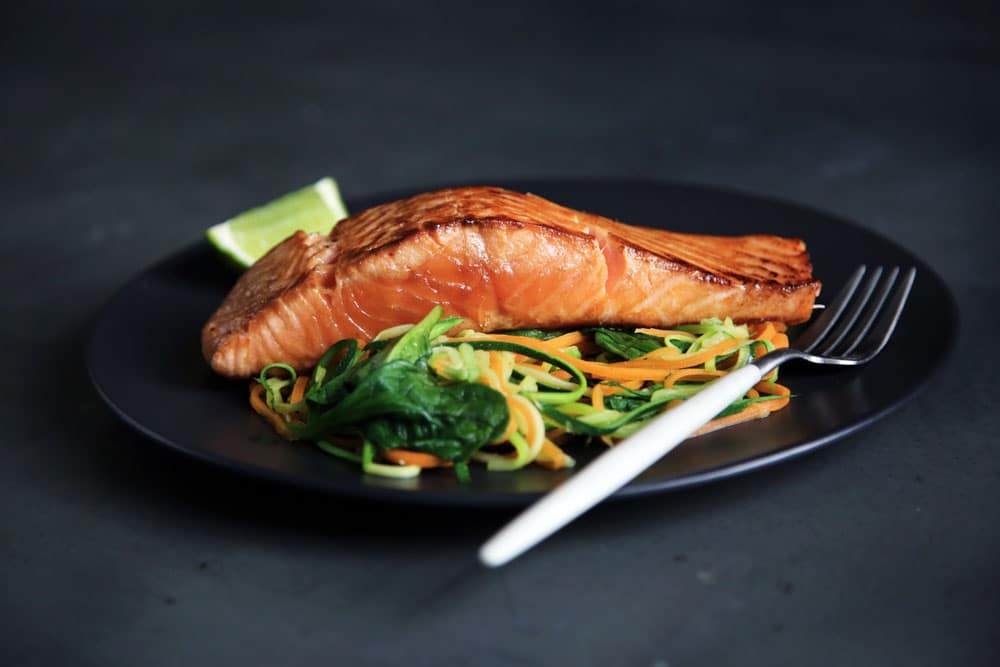
Fish of All Kinds – Surrounded by ocean on all sides, Iceland has an abundance of seafood. In fact, most islanders, eat fish on a daily basis.
All through the year but especially during the long, cold months of winter, they eat hákarl which is made from sleeper sharks. The meat of sleeper sharks is poisonous when it is fresh. However, becomes a delicacy after it has been fermented for 6-12 weeks and then dried for several months.
Mussel stew, fried cod, and baked salmon are other daily staples across the island and on special occasions, they fix langoustine. Langoustine is small lobsters which thrive in saltwater. Icelanders and tourists prize them for their tender, flavorful meat.

Iceland Travel Guide Tip – What is the best time to visit Iceland?
Iceland lies just south of the Arctic Circle, but its climate is surprisingly temperate. Most tourists visit the island during the summer. The summer here stretches from early July to late September. Summer days have temperatures that range from 10–25°C (50–77 °F) and provide the best opportunities to drive the Golden Circle, visit the Blue Lagoon, or even go whale watching.
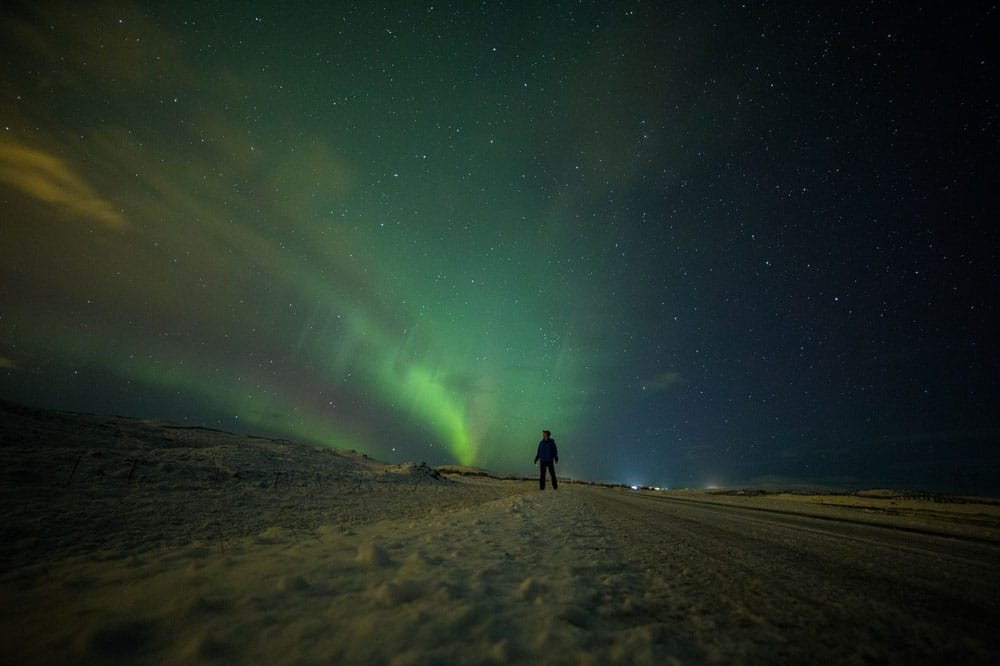
Iceland’s autumn and winter are cold and unpredictable. During the coldest season of the year, temperatures stay around freezing or below. Therefore, much of the island becomes impassable and nights gradually grow longer until they peak at 20 hours of solid darkness. If you would like to see the northern lights, these long, dark nights are the prime time to do it.
Iceland is a small country in a unique location and it abounds with natural wonders, exquisite beauty and adventures that are waiting for you.
Save this Iceland Travel Guide for later or share with friends.